What graphs are 2-dot product graphs?
(2015)
Presentation / Conference Contribution
Johnson, M., van Leeuwen, E., & Paulusma, D. (2015, November). What graphs are 2-dot product graphs?. Presented at European Conference on Combinatorics, Graph Theory and Applications (EuroComb 2015),, Bergen, Norway
From a set of d-dimensional vectors for some integer d ≥ 1, we obtain a d-dot product graph by letting each vector au correspond to a vertex u and by adding an edge between two vertices u and v if and only if their dot product au · av ≥ t, for some f... Read More about What graphs are 2-dot product graphs?.
